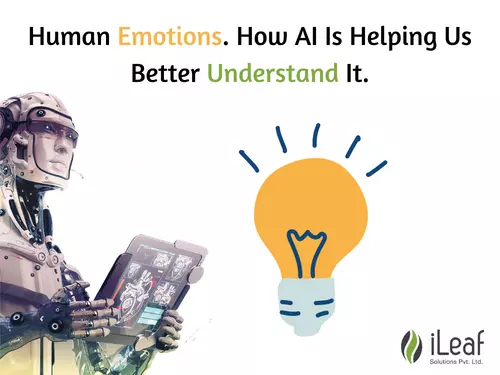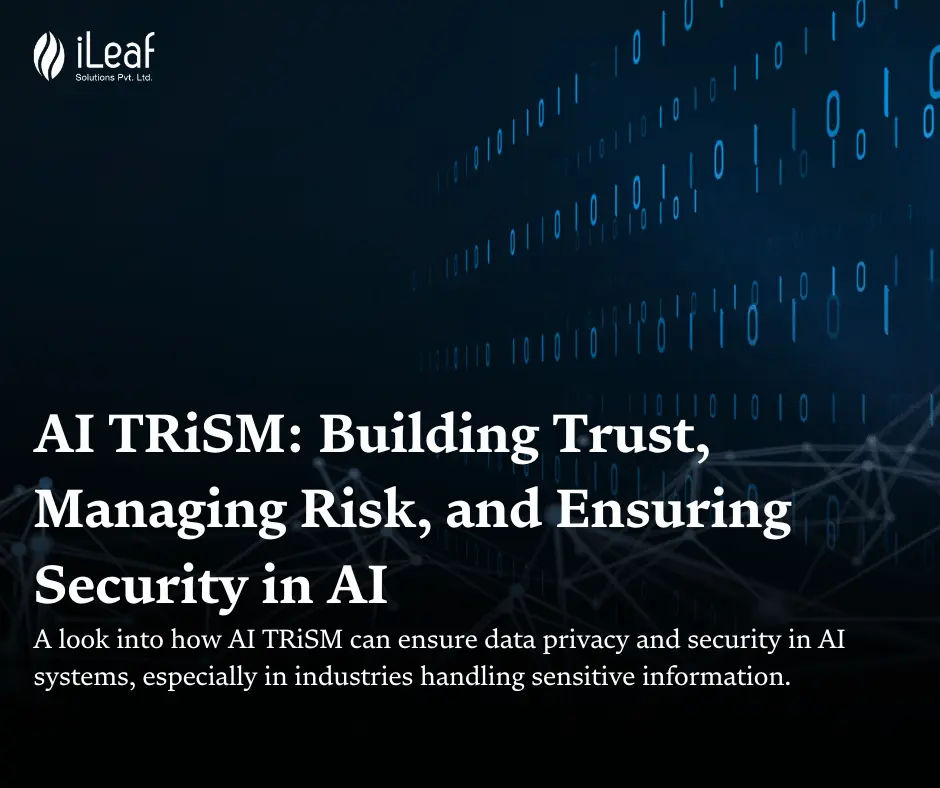Understanding Human Emotions with AI: The Power of Emotion Detection

AI and Emotion Detection: Enhancing our Understanding of Human Emotions.
Artificial Intelligence (AI) has emerged as one of the most transformative and awe-inspiring technologies of our time. Its capabilities are limitless, and one of the most exciting aspects is its ability to help us better comprehend human emotions. While emotion detection has been practiced for some time, it has primarily relied on human observation, which can be subjective and prone to errors. However, with the assistance of AI, we can now detect and interpret human emotions with significantly greater accuracy and precision. Let's delve into the concept of human emotion detection and its implications.
Demystifying Emotion Detection
Emotion detection involves identifying and quantifying the emotions expressed by an individual. This can be achieved by analyzing facial expressions, vocal patterns, body language, or a combination of these factors. Traditionally, emotion detection has been performed by human experts in the field of human emotions. However, with the advent of AI, machines are now capable of conducting emotion detection. This has the potential to revolutionize how we understand human emotions and how we interact with one another.
The Role of AI in Emotion Detection
AI aids in emotion detection by analyzing a person's facial features. Through this analysis, AI systems can discern our emotional states and react accordingly. For instance, if someone is angry, AI may adjust the lighting or play soothing music to create a more calming environment. While this technology is still evolving, AI's ability to comprehend human emotions and establish emotional connections with us holds great promise.
Advantages of AI-Driven Emotion Detection
The advantages of utilizing AI for emotion detection are manifold. Firstly, AI can enhance our understanding of human emotions by analyzing data gathered from social media platforms. This enables us to learn how people express their emotions and what factors influence these expressions. Such insights are valuable for both personal and business applications. Secondly, AI-powered emotion detection can be employed to improve customer service. By identifying the emotions associated with specific customer complaints, companies can tailor their responses more effectively and resolve issues with greater speed and efficiency. Lastly, emotion detection can also be utilized for research purposes. For instance, analyzing the expressions of patients with various diseases can aid doctors in tracking the progression of illnesses and developing more effective treatments.
Risks Associated with AI and Emotions
While the technology is still in its early stages, there are certain risks associated with using AI for emotion detection. One major concern is the potential for the technology to manipulate or even control human emotions. For instance, if a company could use AI to track customers' emotional states, they might tailor their marketing strategy accordingly to ensure customers always feel positive about their products. Another concern is the invasion of privacy. For instance, if emotion detection software were deployed in public spaces, it could track people's moods and monitor their actions, raising privacy concerns.
Conclusion:
AI is rapidly evolving, and with it, our ability to detect and understand human emotions is also progressing. The benefits of using AI for emotion detection are significant, including improved communication, increased productivity, and a better understanding of human behavior. While there are potential risks associated with AI-driven emotion detection, the benefits far outweigh them. As AI continues to advance, we can anticipate even greater advantages in the future. At iLeaf Solutions, we are committed to creating human-centric technology, making us your ideal partner in this transformative journey.














